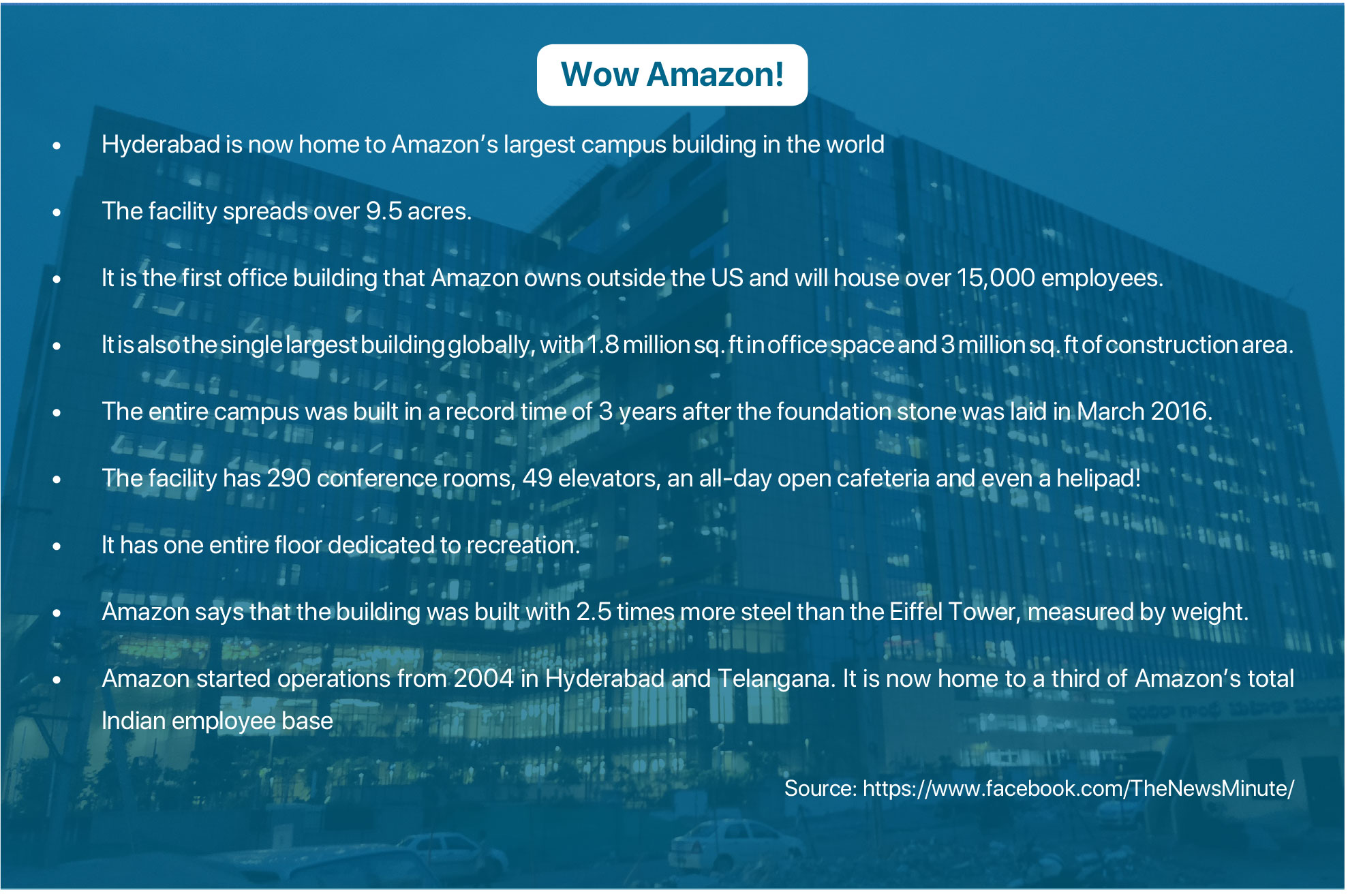THE 7 INDUSTRIES AMAZON WILL DISRUPT NEXT
Jeff Bezos once famously said, “Your margin is my opportunity.” Today, Amazon is finding opportunities in industries that would have been unthinkable for the company to attack even a few years ago.
Throughout the 2000s, Amazon’s e-commerce dominance paved a path of destruction through books, music, toys, sports, and a range of other retail verticals. Big box stores like Toys R’ Us, Sports Authority, and Barnes & Noble - some of which had thrived for more than a century - couldn’t compete with Amazon’s ability to combine uncommonly fast shipping with low prices.
Today, Amazon’s disruptive ambitions extend far beyond retail. With its expertise in complex supply chain logistics and competitive advantage in data collection, Amazon is attacking a whole host of new industries.
The tech giant has acquired a brick-and-mortar grocery chain, and it’s using its tech to simplify local delivery, such as machine vision enabled assembly lines that can automatically sort ripe from unripe vegetables and fruit.
Last June, it acquired the online pharmacy service PillPack. Now, it’s building out a nationwide network of pharmacy licenses and distribution that could one day allow Prime users to receive their medications through Amazon.
On its own Amazon Marketplace, the company is using its sales and forecasting data to offer de-risked loans to Amazon merchants at better interest rates than the average bank.
The 4 industries Amazon will disrupt in the next 5 years
- Pharmacies: Making drugs a low-margin commodity
- Small business lending: A direct, data-driven source of financing
- Online groceries: Faster delivery and better logistics
- Payments: Giving small merchants a cheaper option
PHARMA
Why Amazon is going after pharma?
When it comes to pharmaceuticals, there are several reasons that Amazon - and its direct-to-consumer model - could be a good fit in the industry.
Convenience:
The process of filling a prescription at a typical brick-and-mortar pharmacy is - between getting there, limited opening hours, and waiting in line - often inefficient and timeconsuming. Amazon’s model aims to limit the effort patients need to expend while also getting prescriptions to them within a day or two.
Customer experience:
Complaints from users of specialty
SMALL BUSINESS LENDING
Why Amazon is going after small business lending?
Over the last two decades, the percentage of Amazon sales completed by third-party merchants has increased from 3% to 58%. These SMBs have succeeded on the Amazon marketplace in part because Amazon has, in Bezos’ words, invested in and given them “the very best selling tools we could imagine and build.” Among those selling tools today is small business financing.
Data from the US Small Business Administration states that, as of 2018, there were more than 30M small businesses across the US employing almost 59M people (or just under 50% of the American workforce).
ONLINE GROCERIES
Why Amazon is going after online groceries?
Online grocery sales then more than doubled from 2016 to 2017, according to an FMI and Nielsen survey. The number of people shopping for groceries online is now rising so rapidly that some predict that the proportion could reach up to 70% by 2022.
PAYMENTS
Why Amazon is going after payments?
When you swipe a credit or debit card at a store, the retailer is charged an additional transaction fee as a small percentage of the overall purchase. These fees range anywhere between about 2.75% and 4.35% per transaction, adding up to around $90B a year, mostly paid out to banks.
These fees can significantly cut into the bottom line for small businesses, especially if they mostly deal with smaller purchases. But price isn’t the only factor merchants have to consider when choosing a payment processor - they also need one that doesn’t negatively impact the customer experience.
Seventy-two percent of all big-box retailers have some kind of “expedited checkout option” - including Apple Pay, Google Pay, etc. - but these options haven’t yet completely caught on with customers or merchants.
